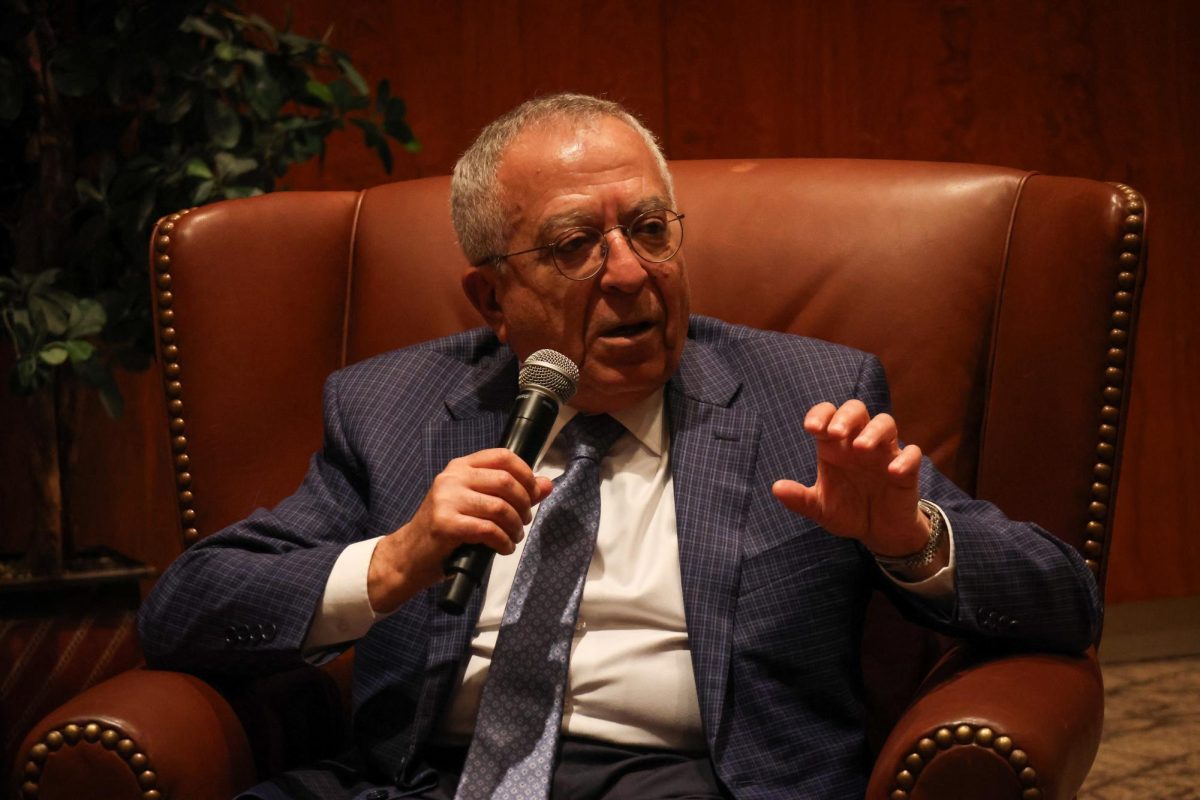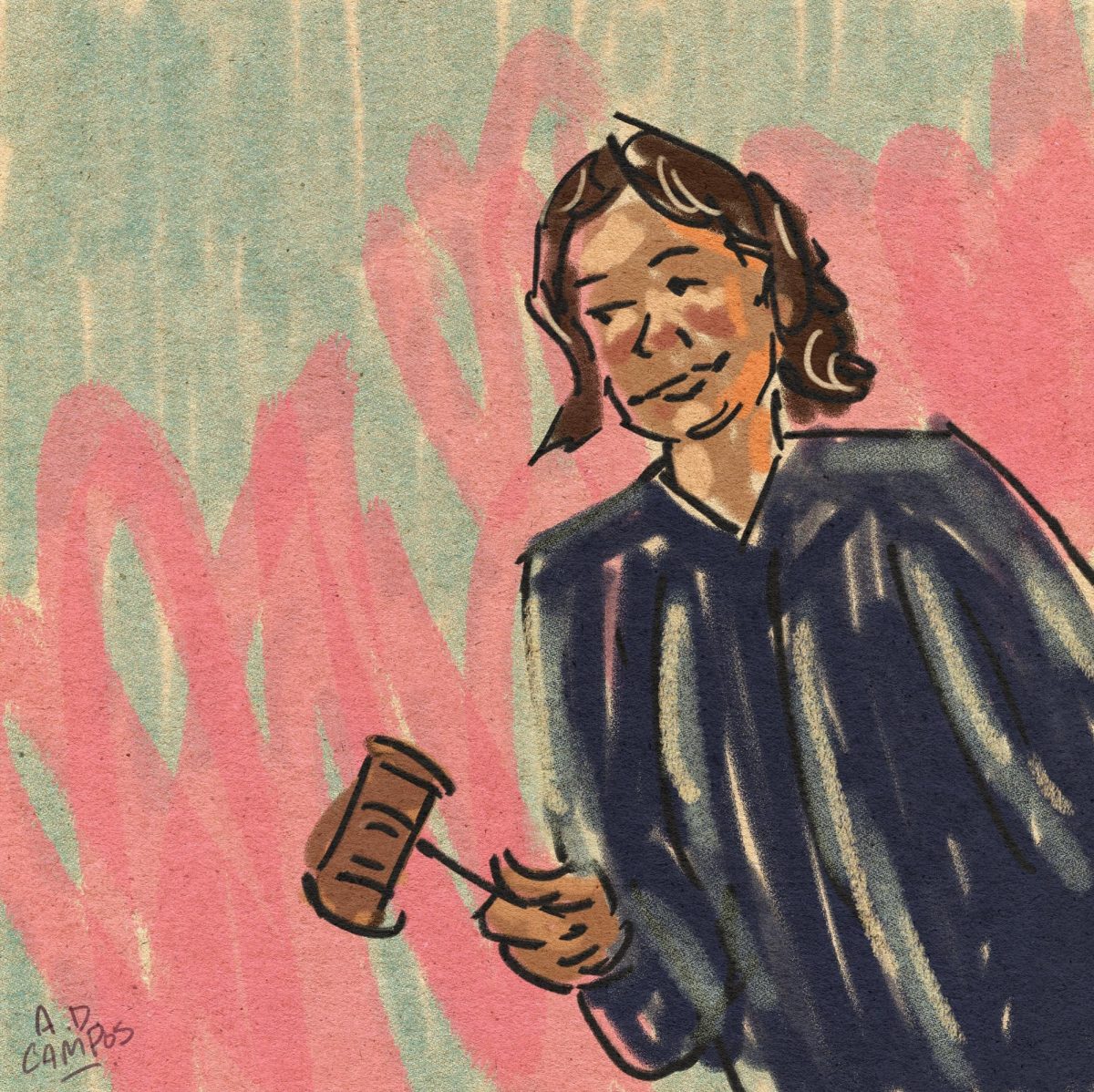The College of Fine Arts may add a bachelor of science in arts and entertainment technology degree program to their 2016–2018 undergraduate catalog.
The new degree program, which the Faculty Council Executive Committee recently voted in favor of, still awaits approval from UT President Gregory Fenves before the decision is finalized by the Texas Higher Education Coordinating Board, according to Andrew Dell’Antonio, associate dean of undergraduate studies in the College of Fine Arts.
Dell’Antonio said the program offers students experience in music, game and digital art production. Arts and entertainment technology is currently offered by the College of Fine Arts through the Bridging Disciplines program, and students can currently take courses under the AET prefix, according to Dell’Antonio.
“We are hoping to open the degree to freshmen in fall 2016. It is possible that some of the students currently taking AET courses will be able to elect the degree in fall 2016 as well,” Dell’Antonio said. “[The Bridging Disciplines] certificate will continue, but since it has been expanding greatly and putting pressure on resources, this Bachelor of Science in Arts and Entertainment Technologies is designed to create a more comprehensive program of study that will provide a more complete training.”
Jack Stamps, a lecturer in the College of Fine Arts who currently teaches two AET 304 classes, said, as a music composition student who graduated from UT, he wishes the degree program had come into fruition sooner.
“One of the things that puzzled me as a student was the lack of a degree or program on campus that fed more directly off of the culture of Austin — the ‘Live Music Capital of the World,’” Stamps said.
Arts and entertainment technology will be the only program in the College of Fine Arts that will not require a portfolio or audition, according to Stamps.
“I am certainly not discouraging previous experience, but the reality is this: The high school graduate interested in entertainment technology is likely already editing film in iMovie, making animations in Flash or composing electronic music in Garage Band,” Stamps said. “For me, personally, desire, passion and a commitment to doing innovative, creative things with technology is the portfolio.”
If the degree program is approved, the College of Fine Arts plans to build the program to 400 students in the next four years by adding 100 students per year into the program, according to Bruce Pennycook, director of the Center for Arts and Entertainment Technology. Pennycook said the College of Fine Arts has future plans to expand their learning spaces as the program and its counterparts continue to grow.
“All the facilities for the entire college are being reviewed by the University planning board and there’s some glimmer of hope that there might be a new facility for, not only this program, but other needs by the College of Fine Arts,” Pennycook said.
Pennycook said he hopes the new arts and entertainment technology program will provide students with more opportunities in a job market that needs AET-type skills.
“There’s no doubt that lots of students enjoy doing things like making audio, 3-D animation, making games and graphic arts,” Pennycook said. “All of these skills have a lot of job opportunities right now, so we think students will be able to find their way through these unique courses to find a path that truly suits their mission.”





















